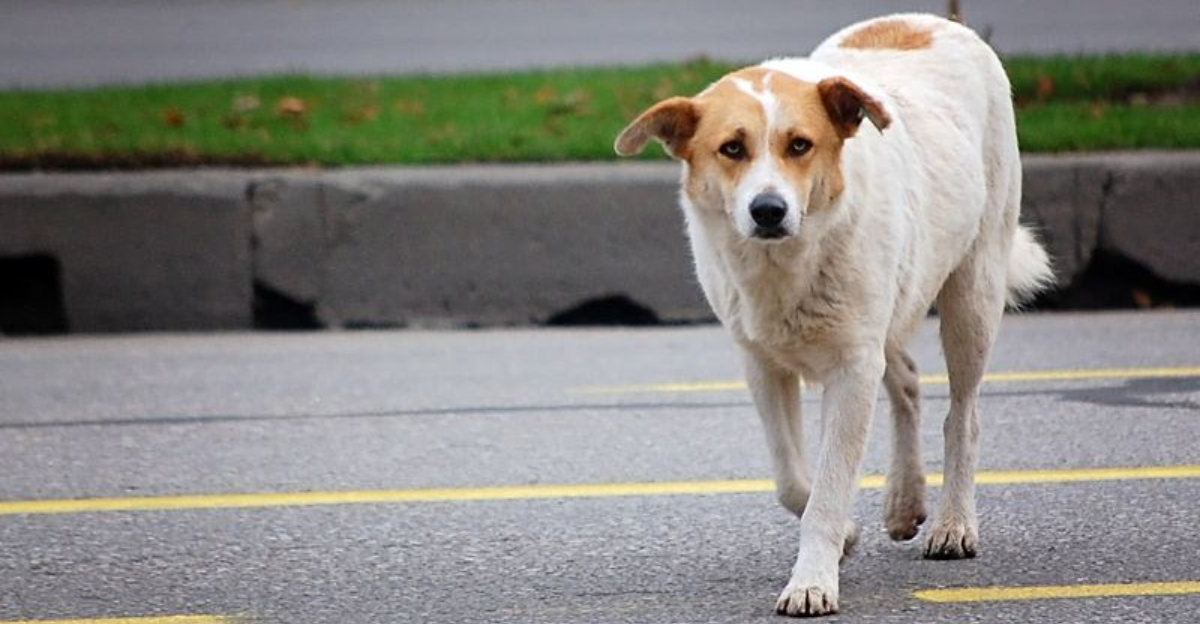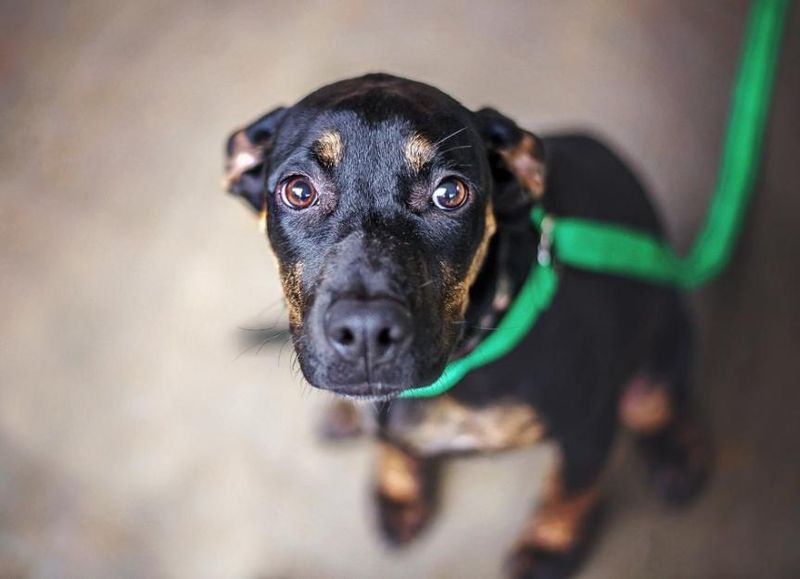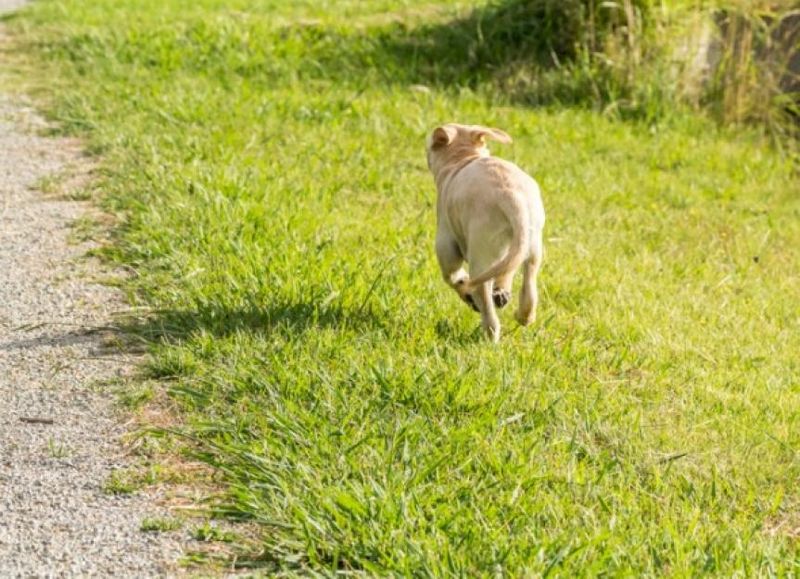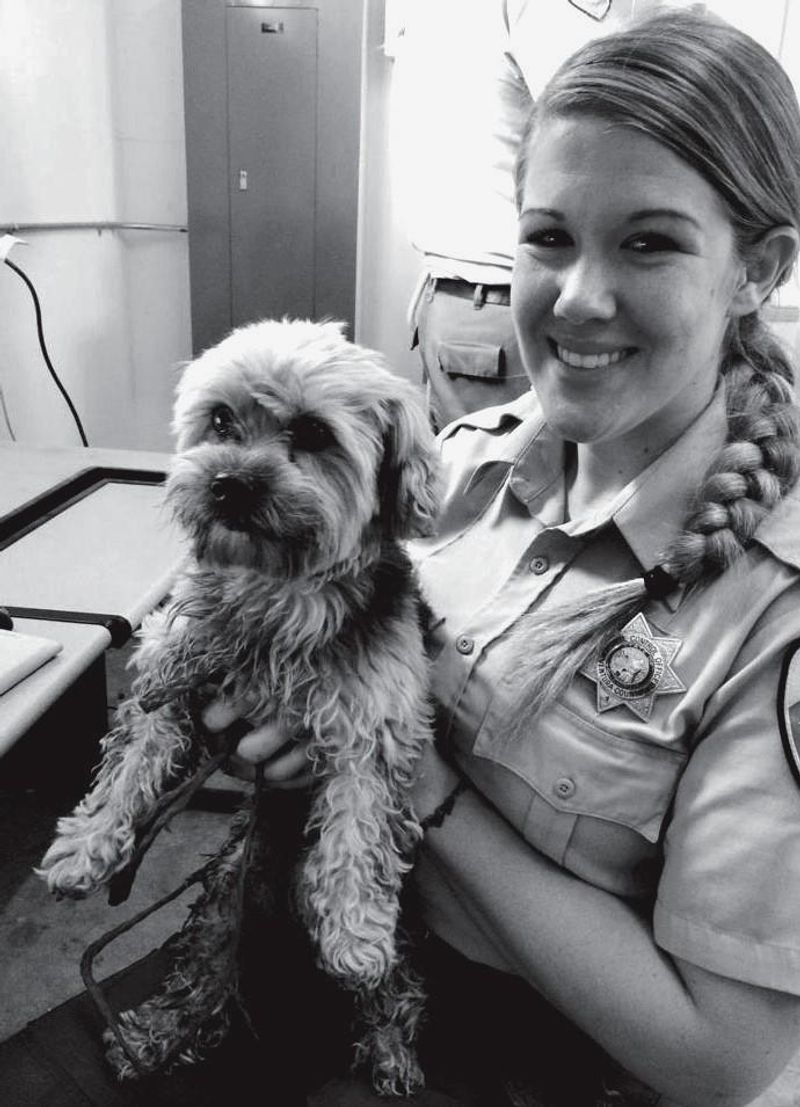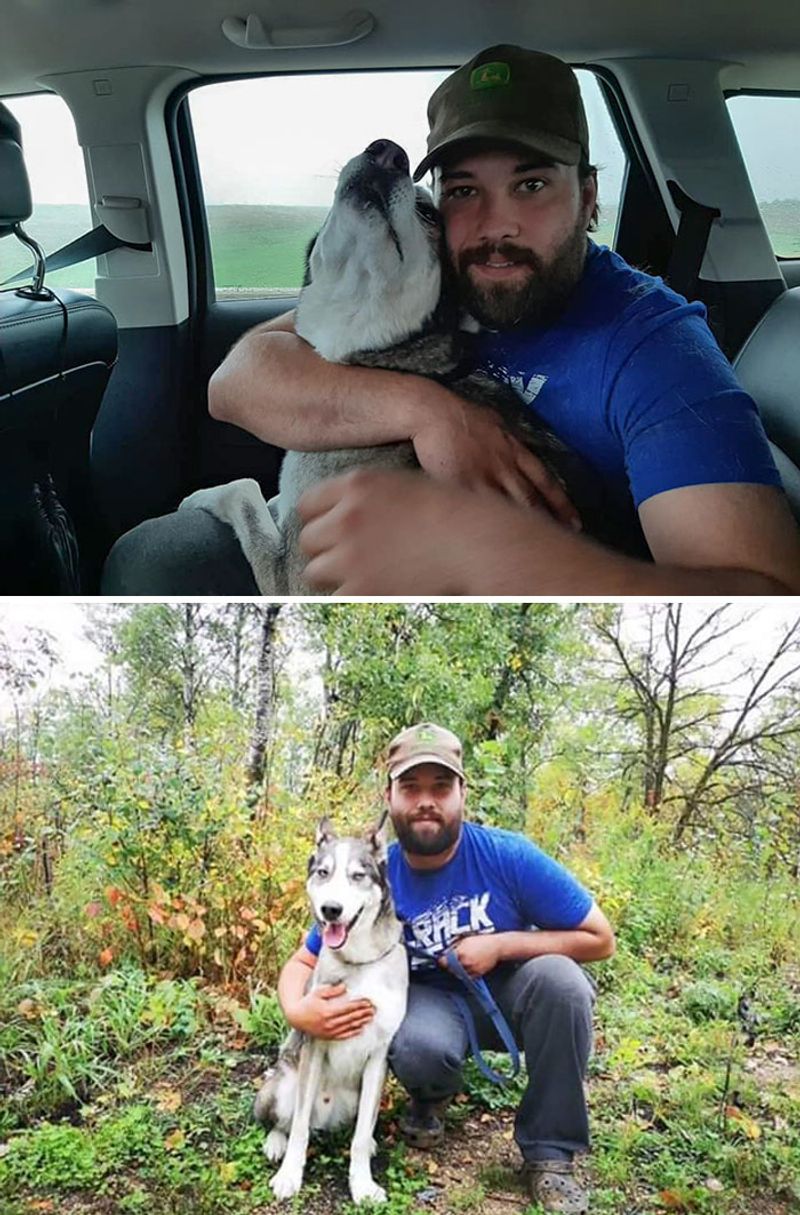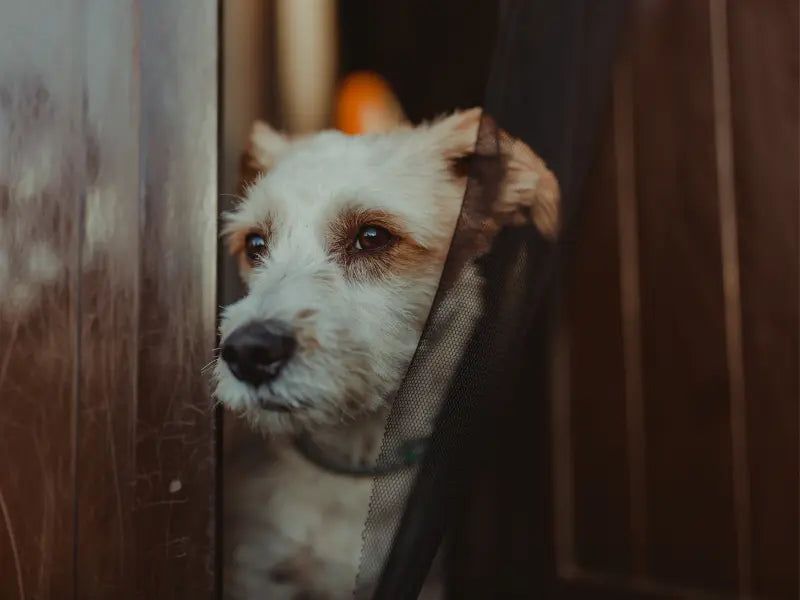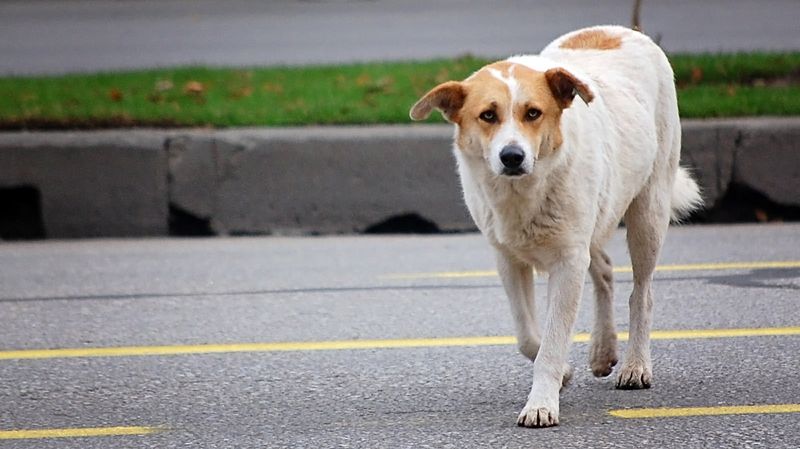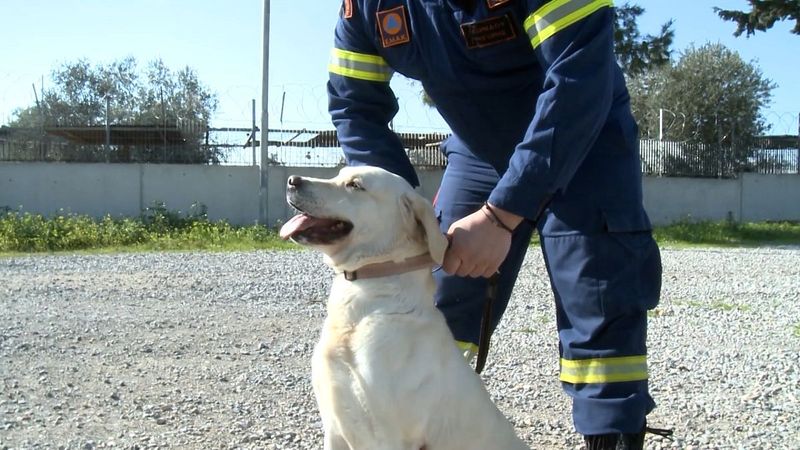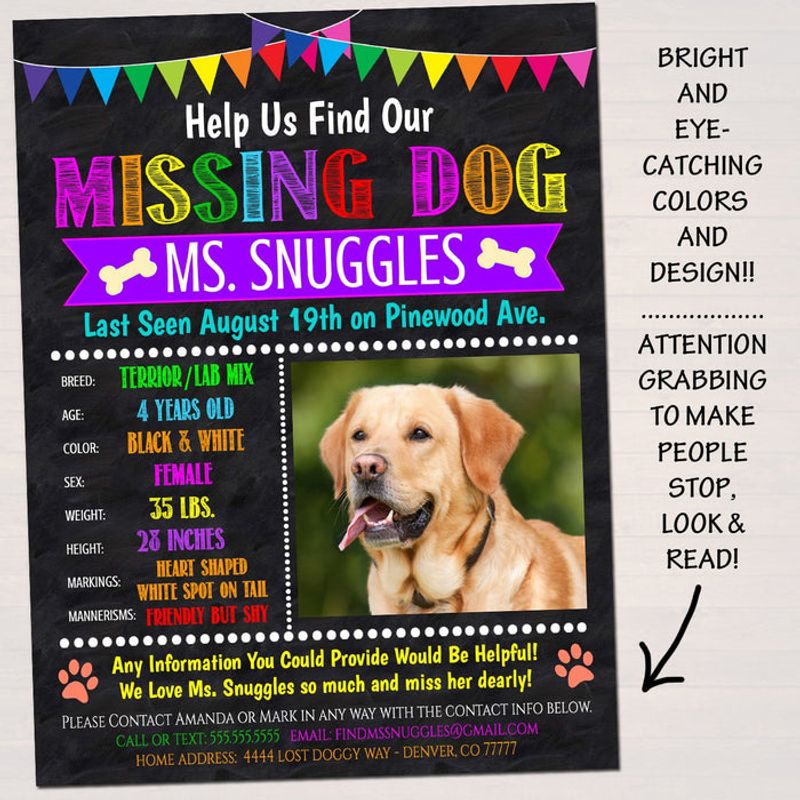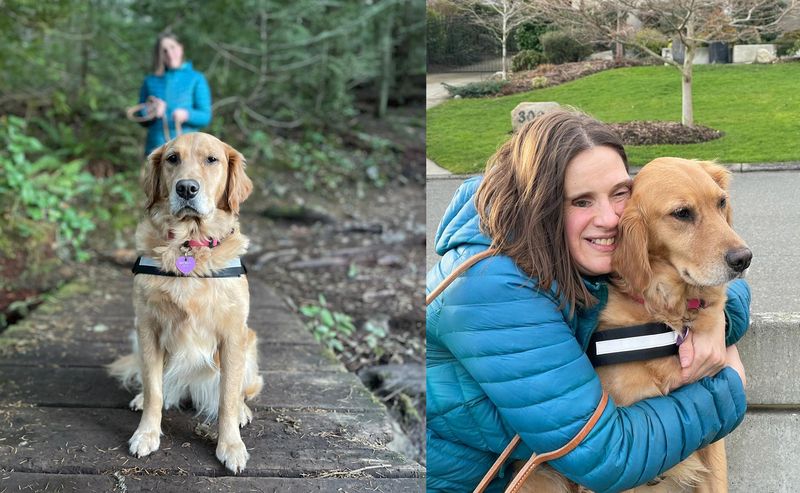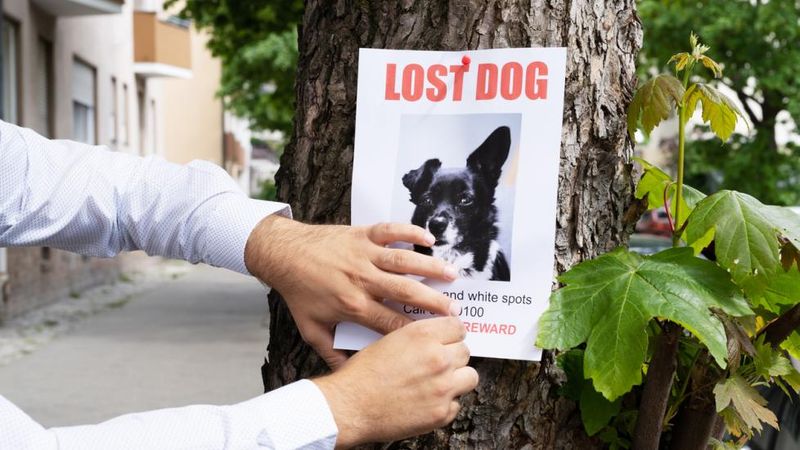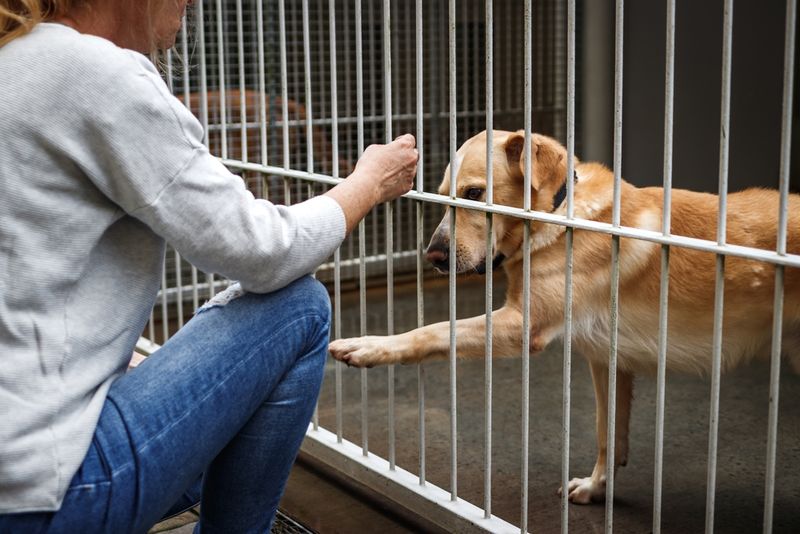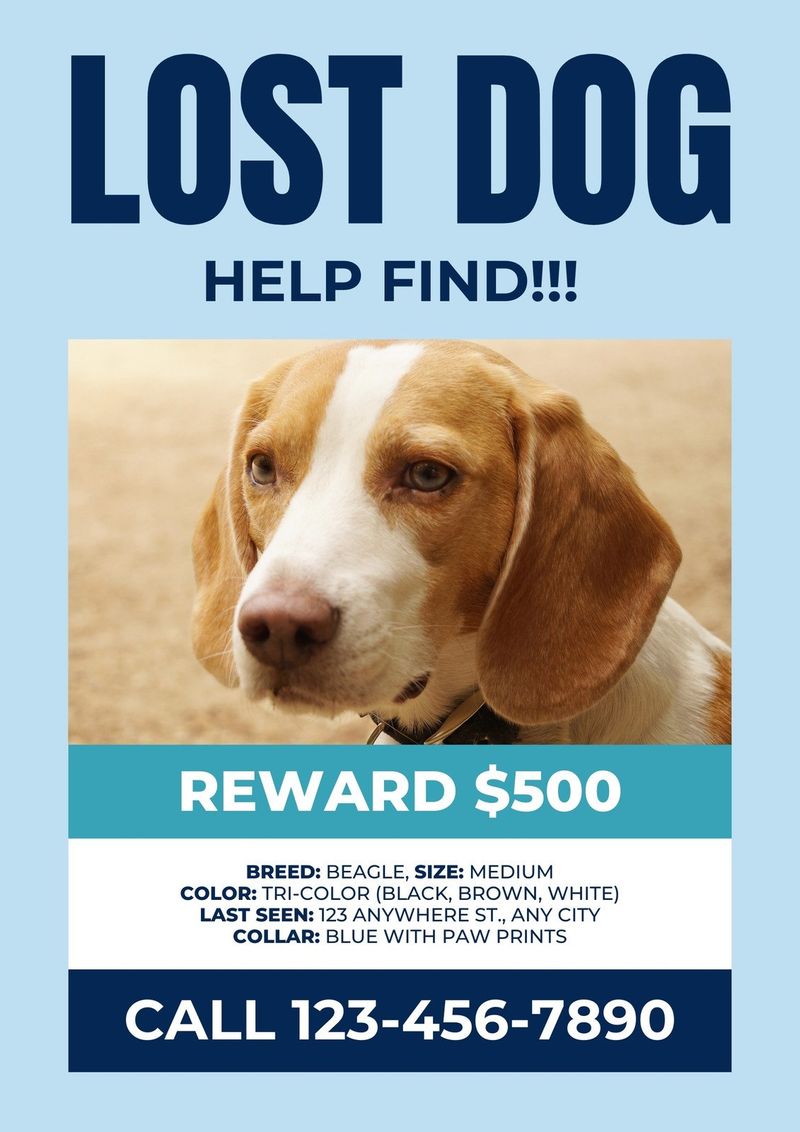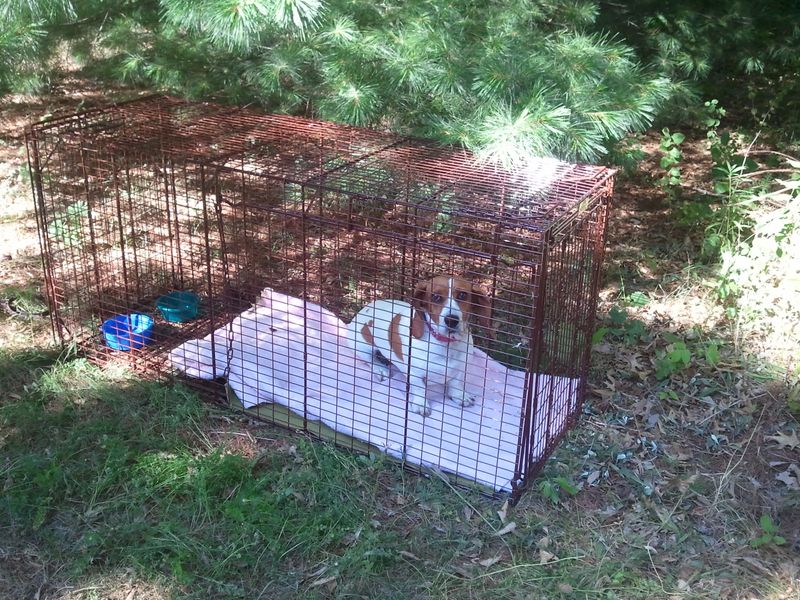Losing a beloved dog can be a heart-wrenching experience, and the way you react in the initial moments can significantly impact the outcome. While it’s easy to panic or make impulsive decisions, certain actions may exacerbate the situation. This article explores nine common mistakes made during such distressing times and contrasts them with nine effective strategies to bring your furry friend safely back home. Each item is crafted to provide guidance, perspective, and hope, ensuring you are well-prepared to handle this crisis with clarity and composure. Let’s explore the wrongs and rights of finding your lost pet.
Panic and Scream
Panic is a natural response when a beloved pet goes missing, but screaming its name in a busy area often leads to more harm than good. The noise can scare the dog further away. Moreover, it attracts attention, but not always the helpful kind. Many passersby might just watch, unsure of how to assist.
Instead, take a deep breath. Approach the situation calmly, as your tone can influence the dog’s behavior. Your calmness might encourage your pet to come to you, especially if nearby. Staying composed is crucial for effective problem-solving and rational decision-making.
Chase After the Dog
It’s instinctual to chase after your dog when it runs off, but this often backfires. Dogs perceive chasing as a game, prompting them to run faster. The thrill of the chase may push them into dangerous situations, like traffic.
Instead, try to stop and call their name gently. Use a toy or treat to grab their attention, making them come to you willingly. This approach transforms a potentially perilous scenario into a safe, controlled reunion. Remember, the key lies in making your dog feel secure and ensuring they associate coming back with positive experiences.
Postpone the Search
Delaying the search for your lost dog until later is a common mistake. Each moment counts when it comes to locating your furry friend. The longer you wait, the further your dog could wander, increasing the risk of harm.
Begin the search as soon as you realize your dog is missing. Engage family and friends to cover more ground swiftly. This proactive approach maximizes the chances of a quick recovery. Acting immediately not only increases the odds of finding your pet but also provides peace of mind, knowing you’re doing everything possible.
Rely Solely on Social Media
Social media can be a powerful tool for spreading the word about a lost pet, but relying entirely on online platforms may delay finding your dog. Posts can get lost in the clutter of endless feeds, reaching limited audiences.
Complement online efforts with offline actions. Put up posters in your neighborhood and visit local shelters in person. Speak to neighbors and ask if they’ve seen your dog. This multi-channel approach ensures your message reaches a wider audience, increasing the likelihood of your pet’s safe return. Remember, a broad strategy is more effective.
Assume Your Dog Will Come Back
Assuming your dog will find its way back home can be a missed opportunity for a timely reunion. Dogs can become disoriented, especially in unfamiliar areas, and may not navigate their way back without help.
Take proactive steps by organizing a search party and distributing flyers. Communicating with neighbors and local businesses can provide vital information. Consider contacting local shelters and vets to alert them. By actively seeking your dog, you minimize the risk of prolonged separation and increase the chances of a safe return.
Ignore Nearby Areas
Focusing solely on distant locations, thinking your dog has traveled far, can be misleading. Many dogs linger close to home, especially if they feel safe or expect to be found there.
Start your search by thoroughly checking nearby areas. Call your pet’s name softly, listen for any response, and look for familiar hiding spots. Sometimes, the solution lies closer than you think. By intensifying your search in local areas, you may catch sight of your dog before they wander too far.
Spread Incorrect Information
Spreading incorrect or vague information about your lost dog can lead to confusion and wasted time. Accurate details are crucial for others to assist effectively in the search.
Double-check that your flyers and online posts contain clear, up-to-date information, including your dog’s recent photo, description, and contact details. Providing precise locations and times of last sightings can greatly aid in the search. By ensuring information is correct, you enhance the likelihood of a successful and swift reunion.
Neglect Local Shelters
Overlooking local animal shelters in your search for a lost dog is a significant oversight. Shelters are often the first places found animals are brought, and checking them can quickly lead to a reunion.
Visit shelters in person, as employees might recognize your pet even if not listed online. Leave your contact information and a description of your dog, so they can notify you of any updates. Regular visits or calls ensure your dog is not missed. By including shelters in your search, you cover essential bases, enhancing recovery efforts.
Stay Calm and Focused
In moments of crisis, staying calm and focused is paramount. When emotions run high, decision-making can become impaired. By maintaining your composure, you set the stage for rational thinking and effective action.
Gather a group of friends or family members to help, and assign specific areas for each person to search. Use a map to strategize your search plan, ensuring thorough coverage. A calm approach not only benefits you but also influences those helping in the search, creating an organized and efficient effort.
Create Eye-Catching Flyers
Creating eye-catching flyers is an essential step in spreading the word about your missing dog. A vibrant, well-designed flyer stands out and grabs attention, increasing the likelihood that people will remember your pet.
Include a clear, recent photo of your dog, along with its name, breed, color, and any distinctive features. Provide your contact information and the last known location of your dog. Post these flyers in high-traffic areas like community centers, parks, and grocery stores. An effective flyer serves as a beacon, guiding your pet back to you.
Use a Familiar Scent
Using familiar scents can guide your lost dog back home. Dogs have an extraordinary sense of smell, and familiar scents can act like a beacon, helping them navigate back.
Place items like your dog’s bed, blanket, or a piece of your clothing outdoors. The scent will travel with the wind, guiding your pet towards familiar territory. This method taps into your dog’s natural instincts and enhances the chances of a safe return. By leveraging scent, you engage a powerful tool in the search arsenal, often leading to a heartwarming reunion.
Alert Local Neighbors
Involving neighbors in the search for your missing dog can significantly improve the chances of a safe return. Neighbors can provide additional eyes and ears, expanding the search area effectively.
Share detailed information about your dog and ask them to keep a lookout. Neighbors can help spread the word quickly, alerting others in the community. This network creates a supportive and vigilant environment, increasing the likelihood of spotting your furry friend. The more people involved, the higher the chances of a happy ending.
Check Local Shelters Regularly
Regularly checking local shelters is a critical step in finding your lost dog. Shelters receive many animals daily, and timely visits increase the likelihood of identifying your pet quickly.
Visit in person, as not all found animals are immediately listed online. Speak with staff, leave your contact details, and a description of your dog. Frequent check-ins ensure you don’t miss any updates. By staying proactive with shelters, you keep the door open for a swift reunion.
Use Social Media Strategically
Social media can be a powerful ally in finding your lost dog when used strategically. Craft posts that are detailed and engaging, featuring a recent photo of your pet, and clear contact details.
Tag local community groups and use relevant hashtags to increase visibility. Encourage friends and family to share the post, widening its reach. A well-crafted post can mobilize a vast network, turning the digital realm into a supportive community effort. This strategic use of social media can accelerate the search, leading to a quicker reunion.
Offer a Reward
Offering a reward can motivate people to assist in finding your dog, creating an incentive for them to look out for your pet. Clearly state the reward on flyers and online posts to capture attention.
Ensure the offer is realistic and genuine, reflecting the urgency of the situation. This added incentive can inspire a more diligent search from those who come across your flyers. A reward not only reaffirms the importance of your lost pet but also engages the community in a collective effort to bring your dog home.
Use Humane Traps If Necessary
If your dog is spotted but won’t come near, a humane trap can be an effective solution. These traps lure the dog with food, safely enclosing them without harm.
Set the trap in areas where your dog was last seen, using their favorite treats as bait. Check the trap regularly to ensure safety and comfort. Humane traps are a compassionate way to bring a fearful pet home, providing a controlled environment for capture. This method is especially useful for dogs that are anxious or skittish.
